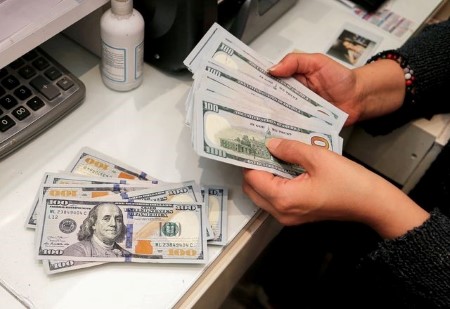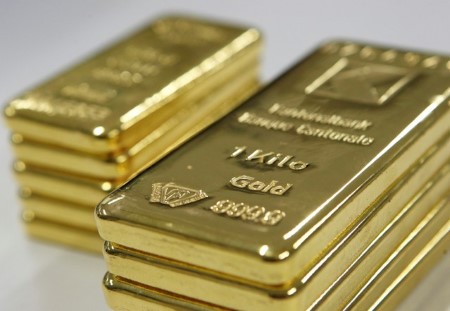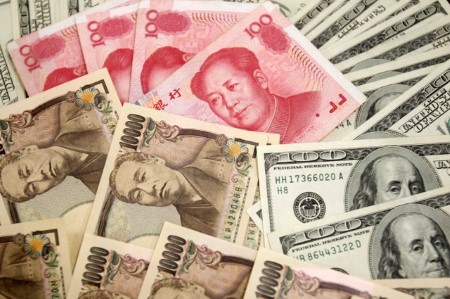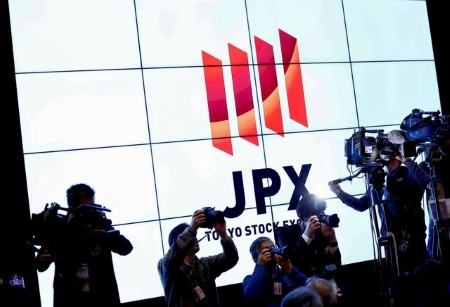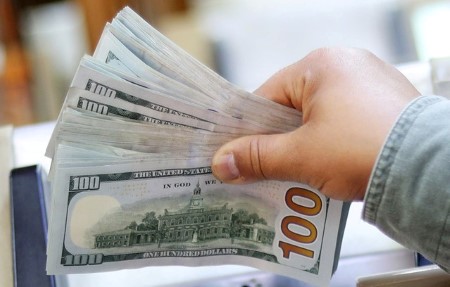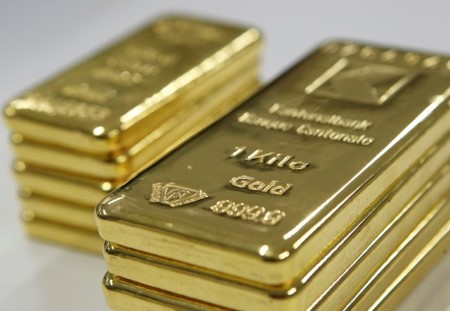First Mexico reached agreement with the United States to put US tariffs on ice, then Canada did likewise, leaving the world’s attention on China. Can a similar rapprochement between Beijing and Washington be achieved?
After China retaliated on Tuesday to sweeping US tariffs with targeted tariffs of its own, and put several US companies, including Google, on notice for possible sanctions, a sudden detente seems unlikely.
This will keep trade tensions bubbling away in Asia, even though markets globally have welcomed Washington’s temporary reprieves with Mexico and Canada. A proposed telephone call on Tuesday between US President Donald Trump and Chinese President Xi Jinping didn’t take place, suggesting relations remain cool at best.
China’s levies don’t come into effect until Feb. 10, however, leaving time for Trump and Xi to hammer out a ‘deal’.
Chinese onshore markets reopen on Wednesday after the Lunar New Year holiday. All asset classes will be under intense scrutiny, none more so than the currency and the central bank’s daily fixing of the dollar/yuan exchange rate.
It was last fixed at 7.1698 on Jan. 27, and the pressure for a higher fix – i.e., a weaker yuan – could be strong after the offshore dollar/yuan rate hit an all-time high of 7.3765 on Monday. It has since eased back to around 7.28, but that’s still comfortably higher than the central bank’s last official fix over a week ago.
Chinese stocks listed in Hong Kong have shrugged off the US-Sino trade war with surprising ease, as investors have loaded up on artificial intelligence and electric vehicle shares. The China-focused index rose 3.5% on Tuesday to a three-month high, and Hong Kong tech shares leaped 5%. Will that optimism spill over to the onshore market?
Most Asian equity benchmarks rose solidly on Tuesday, and the tech-heavy Nasdaq’s strong advance lifted Wall Street too. Surprisingly soft US jobs opening figures on Tuesday pushed the dollar and Treasury yields lower, which could also support risk appetite in Asia on Wednesday.
But while US money markets are still pricing in two quarter-point rate cuts from the Fed this year, the inflationary cloud from US tariffs is darkening. Economists at Morgan Stanley on Tuesday changed their Fed call to only one rate cut this year, in June, from two, warning: “The path for monetary policy in 2025 remains highly uncertain.”
Among the US companies that reported earnings after the market close on Tuesday was ‘Magnificent 7’ constituent Alphabet. Google’s parent company missed revenue estimates, sending its shares down more than 1% in after-hours trading. If that is sustained, it could weigh on sentiment in Asia on Wednesday.
Here are key developments that could provide more direction to Asian markets on Wednesday:
– China “unofficial” services PMI (January)
– China reserve requirements ratio
– Japan corporate earnings, including Toyota
– Indonesia GDP (Q4)
(By Jamie McGeever, editing by Deepa Babington)







 DOWNLOAD
DOWNLOAD






